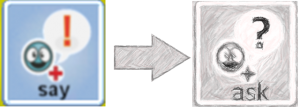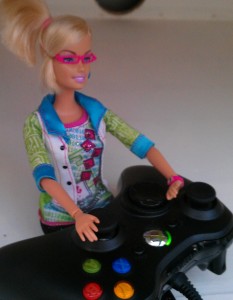Following the UK Forum back in November, as one of the UK finalists I had the honour and privilege of being invited to the European Forum last week in Lisbon along with the rest of team GB, being Ray Chambers, Katie Boothman and Lindsay Purdon. It is difficult to know where to start with this blog post as I have seen and done so much during the week so I’ll break it down day-by-day.
Day 1 – 20th March
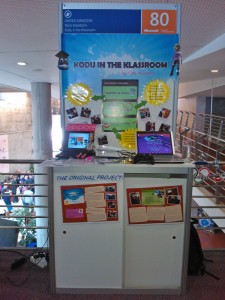 The day began with us frantically preparing our stands ready for the judging of our projects to begin. Once they were set up it was straight into the opening of the forum and keynote speech by Anthony Salcito who gave an interesting talk about the information age we are living in and changes for the future, we then learnt about some free tools from Microsoft that can be used to enhance learning in school, links to these are as follows:
The day began with us frantically preparing our stands ready for the judging of our projects to begin. Once they were set up it was straight into the opening of the forum and keynote speech by Anthony Salcito who gave an interesting talk about the information age we are living in and changes for the future, we then learnt about some free tools from Microsoft that can be used to enhance learning in school, links to these are as follows:
- Chronozoom – Zoom in and out of an interactive timeline.
- Montage – Allows you to create a visual album of the web on topics of interest.
- Socl – Social networking and searching mixed together to enable students to share interesting web pages.
- Docs.com – Allows you to create Word, Excel and PDF documents for free online and share them on Facebook.
- Digital narratives – Video narratives that are interactive.
After this I met with one of my judges to tell them about my project, following this and lunch we had the opportunity to choose our own workshops:
SHOUT (Mandeep Atwal)- Which is a global education initiative offering webinars and projects for both educators and students, Mandeep talked about their current focus being water, inviting other educators to get involved with projects in their schools. For more information check out their website here.
Innovative Teaching (Kirsten Panton), Kirsten talked about the role computers play in teaching.
Engaging Students (Gareth Ritter), I found Gareth’s talk very inspiring as he talked about yet more free software from Microsoft, being Microsoft Learning Suite, which includes all of their free software for education. Gareth mentioned two in particular being, Songsmith which allows students to create backing tracks for songs and Cliplets, which allows you to freeze part of a video while keeping another section moving.
Gareth also mentioned the use of Kinect in the classroom, in particular the work carried out by the K-Team, metioning Ray Chambers and David Renton. He also very kindly mentioned the work I have been doing with Kodu.
Following the workshops we were given a plenary to the day by Stuart Ball and Ben Nizzar from Microsoft, talking about the use of Office tools within the classroom. Firstly there was the Math worksheet generator which is a maths add in for Word that automatically creates maths work sheets once you input a type of question you want to use. Microsoft Mathematics is another free tool that gives you the functionality of a scientific calculator on your computer as well as the ability to plot graphs.
Ben also talked about the use of Smart Art in Office software to display information in a more visually appealing way and also the use of references in Word to create and format a bibliography.
Ben then showed us how to use Presenter mode in PowerPoint so you can view your notes at the same time as showing your presentation, which I know will come in very handy (embarrassed to admit I didn’t realise this existed!)
We were then introduced to Mouse Mischief, this allows you to create a quiz within PowerPoint and have multiple mice connected for the children to use to answer the questions.
The next fantastic free tool that I am eager to try is Ribbon Hero which is an interactive game that teaches children to use Office tools but in a fun and intuitive way. I am looking forward to trying this with Year 7 in my school and maybe run it as a competition between them.
Finally from Ben we were given a preview of Windows 8 which has looks superb, with a visually appealing interface designed around using a table. I downloaded the consumer preview to try on my net-book and have to say I’m very impressed. The final release is due in the Autumn.
Stuart then took us through the use of OneNote as “a digital piece of paper” used to display a project, write, type and record voice and video. It even allows you to search within audio, I’ve been a fan of OneNote for a long time but haven’t used it with the students in my class, I’m hoping to now turn it into an interactive project folder with my Year 8 class and may even try audio marking!
Day 2 – 21st March
Day 2 began with a fantastic key note speech from Bruce Dixon from ideasLAB who talked about innovation in education along with the use of technology, used correctly, in the classroom.
Following Bruce was the inspiring duo of Liv Arnesen and Ann Bancroft who were the first women to conquer the poles, in 1991 Liv became the first woman to ever ski solo to the South Pole and in 1986 Ann dogsledded 1,000 miles from Canada to the North Pole. They talked about the expedition they are running in 2012 which will see a group of eight women, representing each continent, take an 800 mile expedition to the South Pole. They are hoping to unite 2 million classrooms in following the expedition. For more information check out their website and follow them on Facebook

Following the keynote speeches we then had another morning of judging before visiting a school in Lisbon, the school itself was beautiful and a particularly interesting feature of the school was that on Wednesday afternoon’s students finish early and are given the opportunity to join extra-curricular sessions, for example we saw a robotics activity and “Amazing Maths”.
Day 3 – 22nd March
On the final day we had a slightly easier start, which began with a morning of sight-seeing. Looking after team GB was Stuart Ball from Microsoft and Gareth Ritter, last year’s winner. We began our excursion with a trip along the river and a ride on the cable cars, followed by a visit to the aquarium which was huge! I made an autocollage of our outing below:
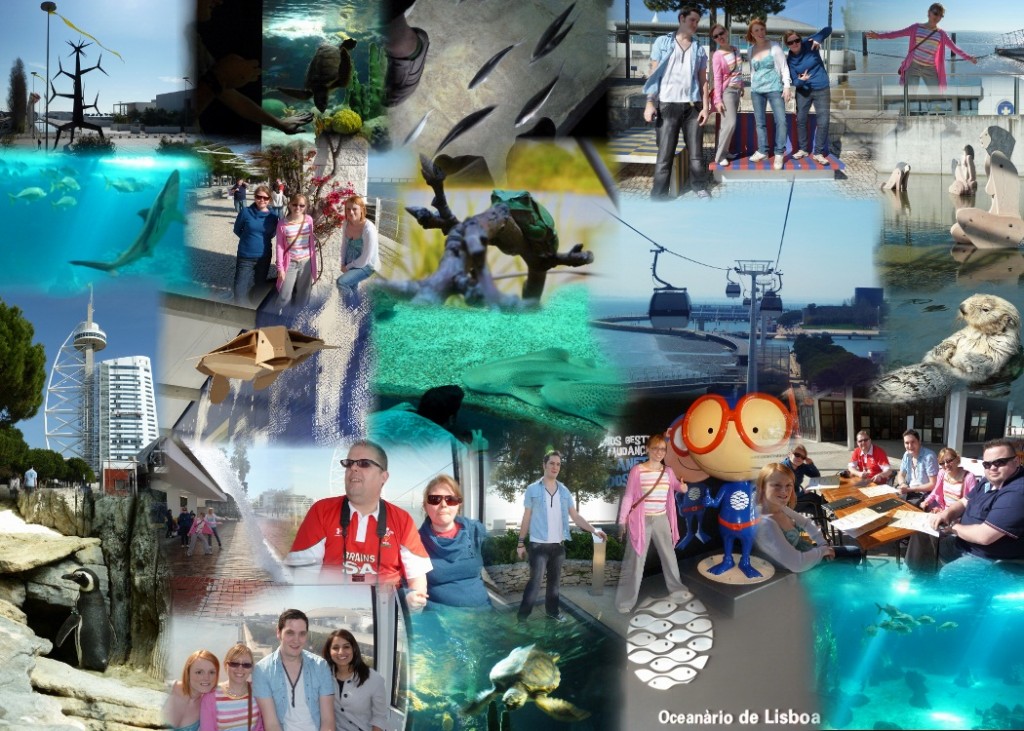
The final closing keynote was delivered by a previous winner, Rui Lima who talked about being equipped for the classroom, one interesting point for me was his use of Kodu, and children creating videos to teach others how to use various features of Kodu.
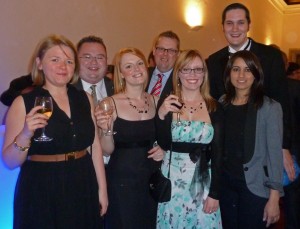
The event closed with the Gala Dinner in the evening and it was quite a novelty to arrive onto a red carpet at the beautiful Convento do Beato, one of the largest convents in Lisbon. Following a three-course meal the awards were given out and presented. The UK had one winner, Katie Boothman, who won in the “Extended Learning Beyond the Classroom” category for her fantastic work on the HIT Squad, you can view her VCT here. She will now be going to the worldwide forum in Greece. Following the awards we danced the night away and sang our way back to the hotel on the coach. A great way to finish off a fantastic week. Thank you Microsoft for giving me such an amazing opportunity!


